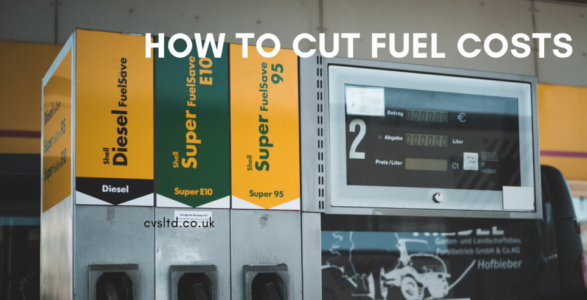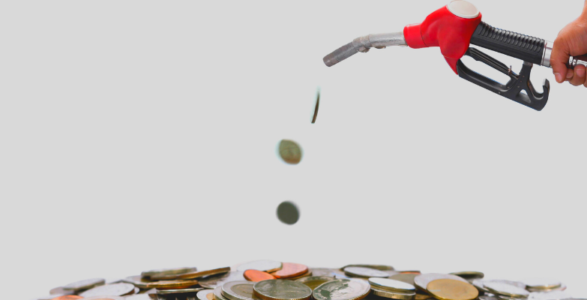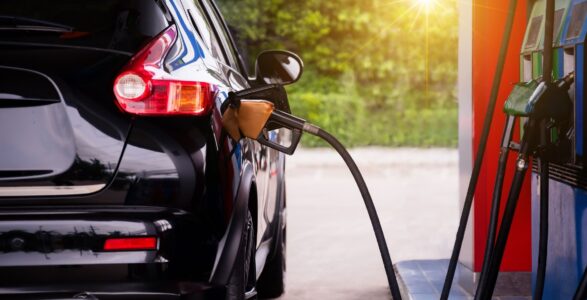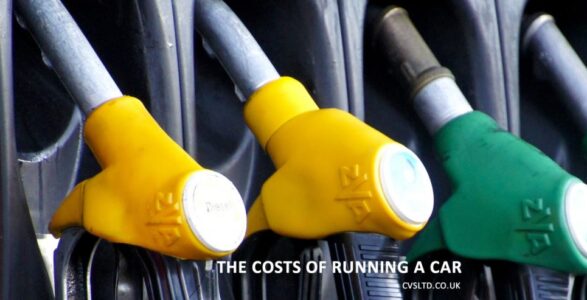How to Reduce the Cost of Motoring
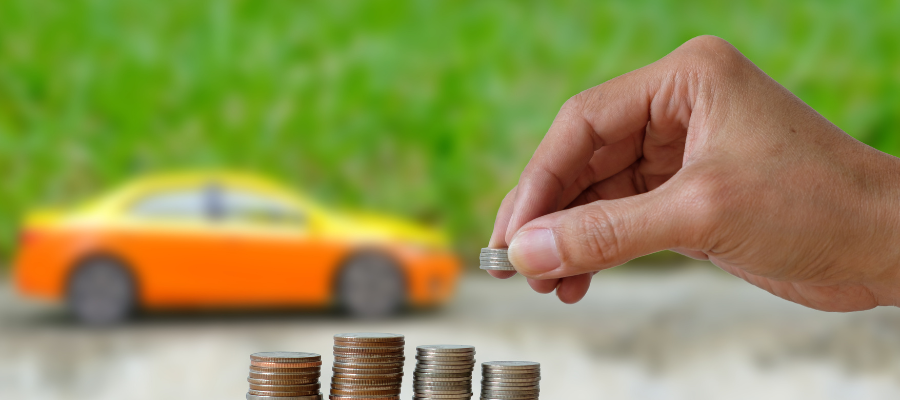
Last Updated 8 July 2022 | Published 29 June 2017
1. Save on Fuel and Save Money
Fuel is the most obvious cost associated with motoring.
So how can you use less fuel when driving, and reduce your motoring costs:
Choose Your Vehicle Carefully
Consider a vehicle with a good fuel consumption to help keep running costs low. As a general rule, a fuel consumption of 30+ MPG for Urban driving and 45/50+ for Extra-Urban driving is considered good.
How you drive affects your fuel consumption
Careful driving can save you hundreds of pounds every year at the pump and help protect your car against wear and tear and their associated costs.
- Accelerate gently.
- Drive at a steady speed.
- Slow early for traffic lights or when approaching a queue.
- Makes sure you are in the right gear less strain on the engine will also save your fuel.
- Cars are at their least efficient when they are cold. If you drive quickly straight from start-up, you are redoubling the wasted fuel, and also wearing out the engine more quickly in the process.
Air-con
According to the National Energy Foundation by using the air con in your car can increase your fuel consumption by as much as 20%. Turn off air conditioning at lower speeds as this uses an incredible amount of fuel.
Tyre Pressure
Keep a check on your tyre pressures at least once a fortnight to make sure that the pressure is correct. A drop-in tyre pressure can affect your fuel consumption, a drop just of 0.4 bar or six psi can cause up to 20% more fuel being consumed.
Read Next: How To Check Your Tyre Pressure
Weight
The lighter your car is the easier it is for it to accelerate and the less fuel you will use.
Most of us end up carrying around much more than we need in our cars, so by just having a clear out you could make some savings.
Remove your roof bars when they’re not in use. Not only do they weigh between 3kg to 5kg, they’ll also increase the amount of drag, increasing fuel consumption by about 10%.
Going to a cheaper pump
There isn’t anything you can do about the current cost of fuel, but you can shop around. You can save many pennies per litre , which adds up over the course of a year.
Get to know the prices at your local pumps, and on any regular journeys you take. You will soon get to know the cheapest ones to use.
Take advantage of supermarket and fuel retailer loyalty cards which can come in handy in cutting fuel costs.
2. Insurance
Insurance can be the biggest if not one of the biggest costs associated with driving. To keep insurance costs down, consider:
- Pay your annual insurance premium in full upfront rather than monthly direct debits which cost more.
- Shop around each year, even if your renewal price is cheaper. It’s very likely you will find another insurer offering a better price.
- If you are a young or new driver, add a more experienced driver to the policy to help reduce costs.
- Add a black box known as a telematic box which rewards careful drivers.
- Do not overestimate your annual mileage when buying insurance. Give your insurer a realistic mileage or you could be paying for a higher premium that you do not need.
Read Next: How To Get The Best Car Insurance Deal
3. Maintenance
It may be tempting to skip service and maintenance reminders to save money, but that’s a big mistake. Keeping your car properly maintained can help you avoid the possibility of a much bigger problem (and much larger cost) later on.
In addition regularly checking your tyres, oil and brake fluid will keep your motor in good working order and prevent it needing costly repairs down the line.
Read Next:
- MOTs – Everything You Need To Know
- Everything You Need To Know About Servicing Your Car
- How To Check Your Engine Oil
- How To Check Your Tyre Tread
4. Consider leasing rather than buying
More than 90 percent of new cars are bought on finance, according to the latest Finance & Leasing Association statistics.
Why such a big share? The benefits of leasing include fixed monthly repayments, no concerns about depreciation and the flexibility to switch to a new car at the end of the contract.
Your lease payments are likely to be less than finance payments if you are buying the car outright.
Read Next: The Ultimate Guide To Car Leasing
5. Parking
Parking costs can add up so it pays to do some research, rather than just use the closest car park you can find.
Apps such as Parkopedia can help you find the cheapest parking nearby.
An alternative in bigger cities is to park out of town and use a Park and Ride scheme where they operate.
6. Wash Your Car
You may be surprised how much money you can save by washing your car yourself.
A basic wash at a drive through car wash, or hand wash will set you back say £6, and if you go fortnightly that adds up to £156 a year.
7. Buy Tax Annually
Vehicle Excise Duty or Road Tax can be purchased annually, monthly or every six months.
Many go for monthly to split it into smaller payments, but it works out slightly more expensive over the entire year.
For example, a petrol or diesel car with a tax band of D will cost £115 for 12 months if paid for in full, or £120.75 if paid by 12 instalments.
Compass Vehicle Services Ltd offer:
nationwide car leasing – bad credit car finance – used car deals – personal leasing – business car leasing – best car lease deals – non-status car leasing
Back to all help and advice articles
